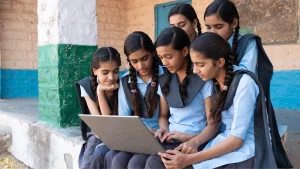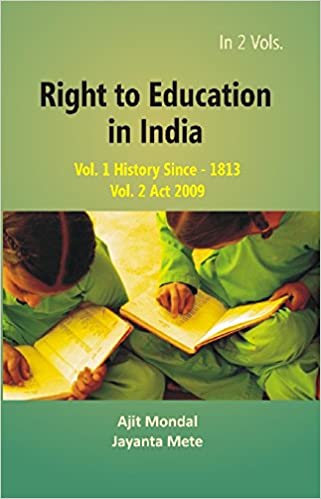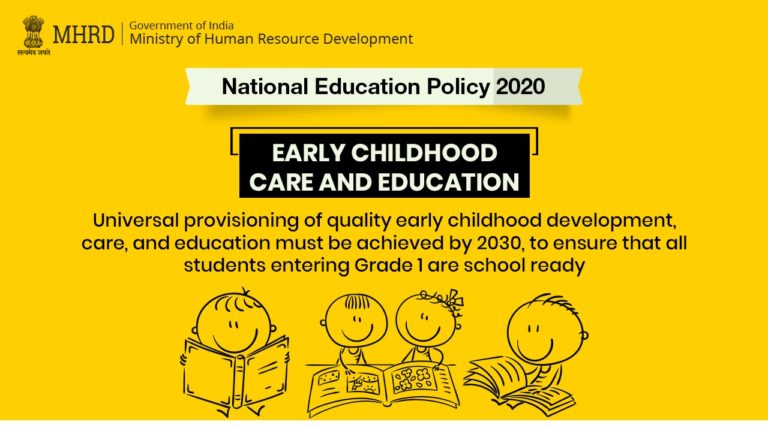On August 4, 2009, the Indian parliament passed the Right to Education Act 2009, popularly known as the RTE Act 2009. Article 21(A) of the Indian Constitution, explains the necessity of free and mandatory education for children aged 6 to 14 in India. With the implementation of this act on April 1, 2010, India joined the list of 135 nations that have made education a fundamental right for all children. It establishes basic standards for primary schools, outlaws the operation of unrecognised institutions and opposes admission fees and kid interviews. Through routine surveys, the Right to Education Act monitors all neighbourhoods and identifies children who qualify.
In India, there have long been significant educational issues at the national level as well as in the states. The Right to Education Act of 2009 outlines the task and obligations of the federal government of each state and all local governments in order to close any gaps in the nation’s educational system.
- Compulsory Free Education For All
In India, the government is required to provide free and required primary education to each and every child, up to class 8, in a neighbourhood school within a 1 km radius. No child is required to pay any fees or other costs that would prohibit them from pursuing and finishing their basic education.
The Right to Education Act establishes guidelines and requirements for classrooms, boys’ and girls’ restrooms, drinking water facilities the number of school days and working hours of teachers, among other things.
- Special provisions for special cases
According to the Right to Education Act, a child who is not enrolled in school must be accepted to a class for their age and get specialised instruction to help them catch up to age-appropriate learning levels.
- Quantity and quality of teachers
The Right to Education assumes reasonable use of teachers by ensuring that the prescribed student-teacher ratio is maintained in each school without imbalance between urban and rural areas. Also, a properly trained teacher, i.H appoint teachers with the required admission qualifications and educational background.
- Zero tolerance against discrimination
The Right to Education Act 2009 regulates all forms of corporal and psychological harassment discrimination based on sex, caste, class and religion. It prohibits the operation of schools that does not.
- Improving learning outcomes to minimise the detention
No child is allowed to b held back or expelled from school until class 8, according to the Right to Education Act. In order to guarantee learning results that are acceptable for each grade in schools, the Continuous Comprehensive Evaluation (CCE) system was created in 2009 under the Right to Education Act.
















